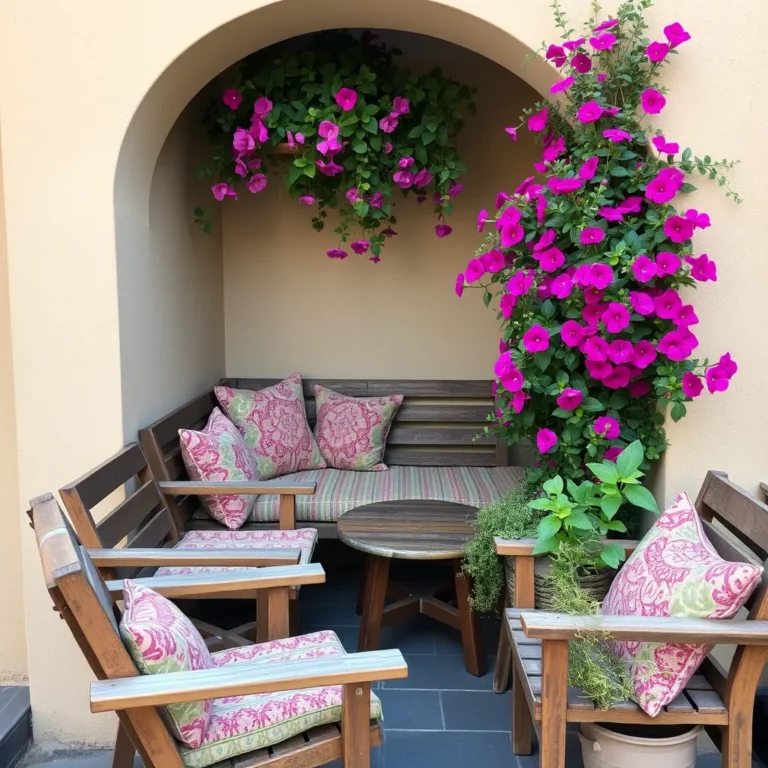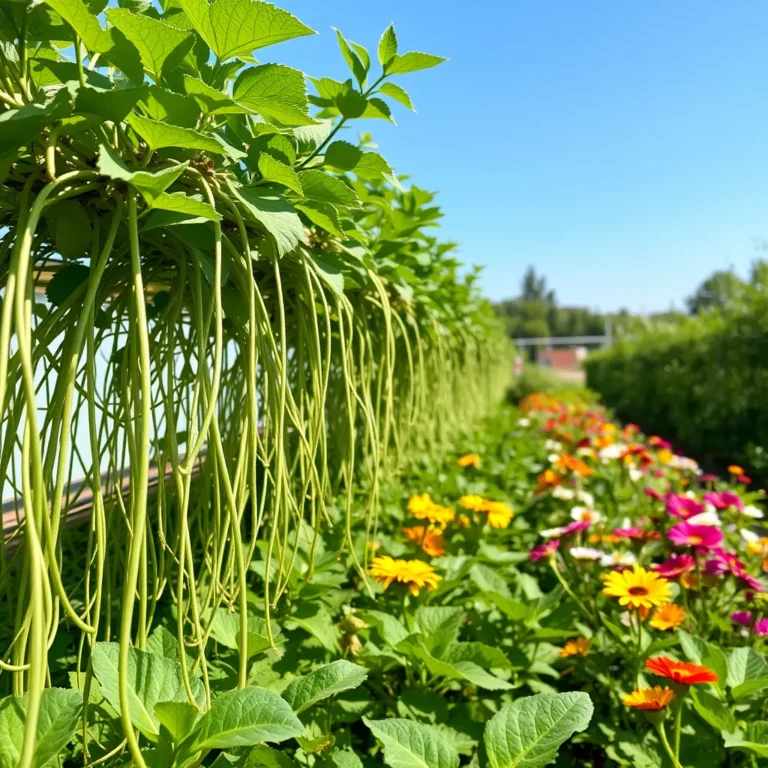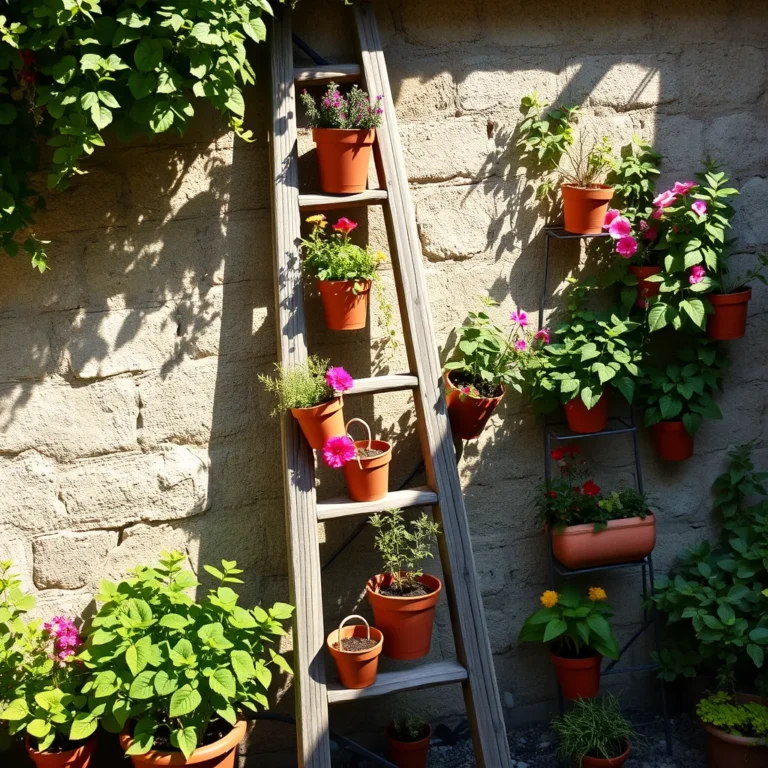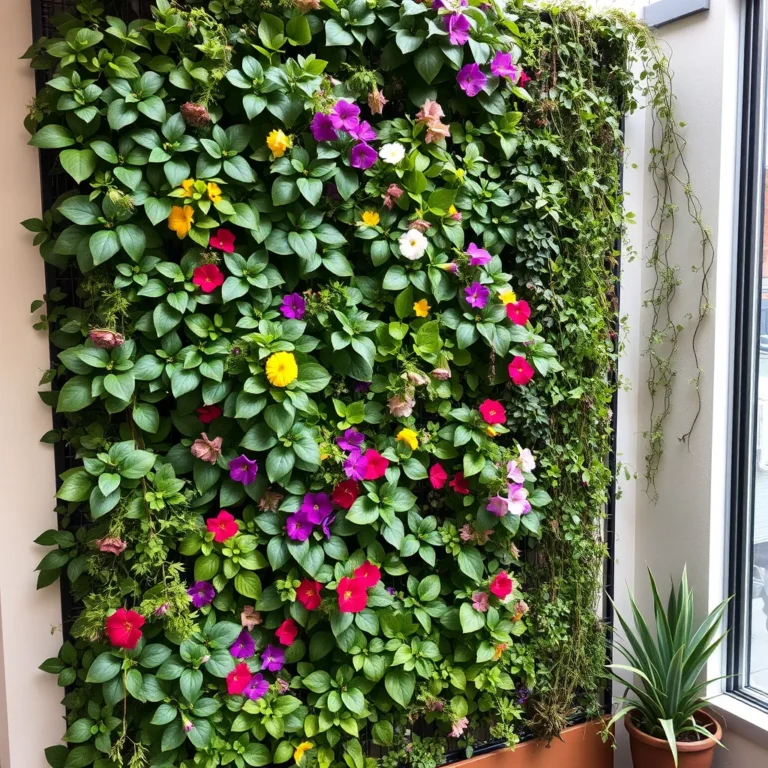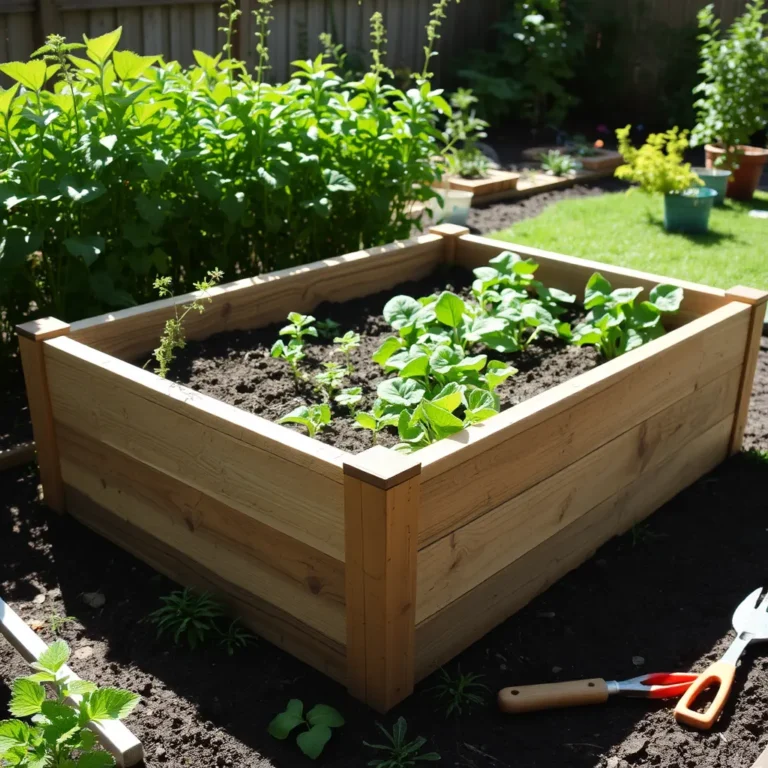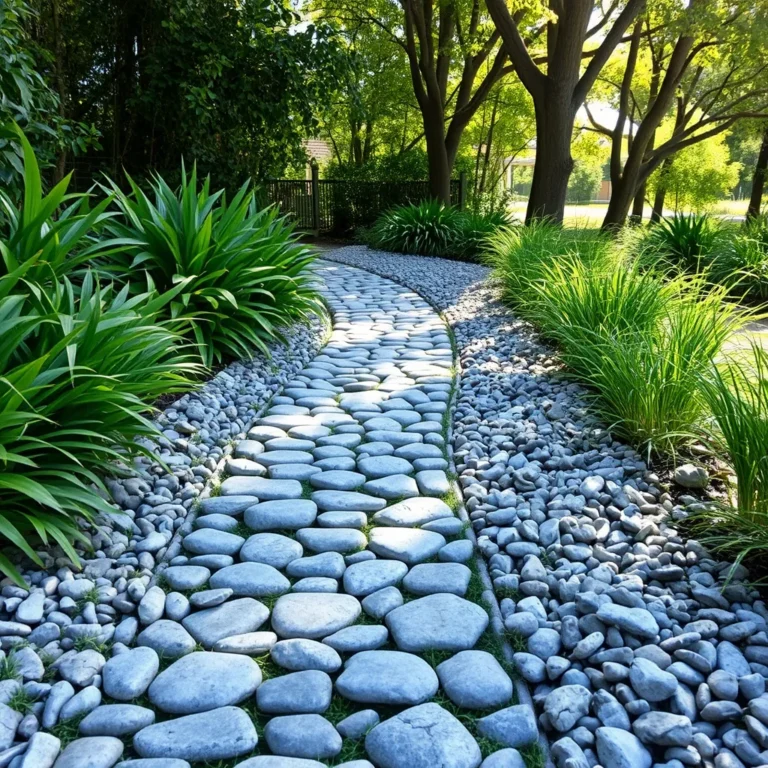8 Best Garden Ideas for Your Backyard Revealed Now
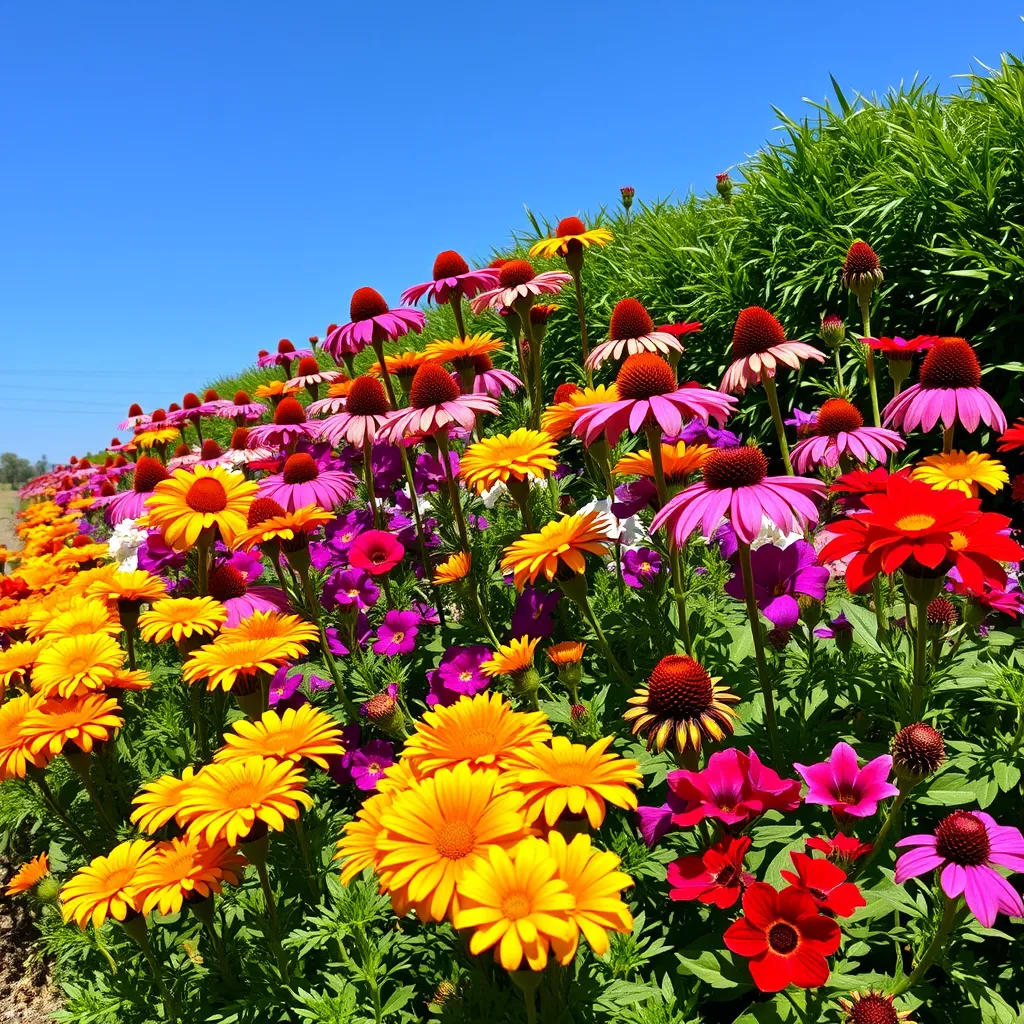
Are you ready to transform your backyard into a lush paradise? Discover the 8 Best Garden Ideas for Your Backyard that will help you create a vibrant space. From colorful flower beds to budget-friendly compost bins, I’ll share practical tips for every budget and skill level. Dive into these easy and fun projects that will boost your outdoor enjoyment and make your neighbors envious! Let’s dig into these ideas now!
Create a Colorful Flower Bed: Selecting the Right Annuals and Perennials

You want a flower bed that pops with color. Start by choosing the right plants. Annuals bloom all season, while perennials come back year after year. Mix both for a lively look.
Some great annuals include marigolds, petunias, and zinnias. They thrive in full sun and are easy to care for. For perennials, consider coneflowers, daylilies, and black-eyed Susans. They add beauty and last long.
When planting, group flowers by height. Place tall plants at the back and short ones in front. This creates depth and makes your bed look full. Don’t forget to check the light and soil needs for each plant.
Water your flower bed regularly. Mulch helps keep moisture in and weeds out. With the right care, your colorful flower bed will bloom beautifully.
Install Raised Garden Beds: Benefits of DIY Construction and Planting Techniques

Raised garden beds are a smart choice for many reasons. They improve drainage, keep pests away, and make gardening easier on your back. You can build them from wood, bricks, or even stones.
Start by choosing a sunny spot. Make sure the bed is at least 12 inches deep for healthy roots. You can fill it with a mix of soil and compost. This mix adds nutrients to your plants.
Planting in rows helps you see what grows best. For example, plant carrots, lettuce, and radishes in one bed. This keeps your garden organized and neat.
Don’t forget to water your raised beds. They tend to dry out faster than regular gardens. With a little care, your raised garden beds will thrive.
Incorporate Vertical Gardening: Best Plants for Limited Space and Easy Setup

Vertical gardening saves space and looks great. You can use trellises, hanging pots, or wall planters. It’s perfect for small backyards or patios.
Choose plants that climb well. Beans, cucumbers, and peas work well for this. Flowers like clematis or morning glories also add charm. They grow up instead of out, saving ground space.
Set up your vertical garden against a wall or fence. This gives your plants support to climb. Use sturdy materials so they can hold the weight of the plants.
Water your vertical garden often. Check for pests, as they may hide in the leaves. In no time, you’ll have a lush vertical garden that brightens your space.
Develop a Relaxing Outdoor Nook: Ideas for Furniture, Lighting, and Decor

You can create a cozy outdoor nook with simple steps. Start by picking a good spot. Look for a shaded area or a sunny corner, depending on your taste. Next, choose comfy furniture. A small bench or two chairs work well. Add cushions for extra comfort.
For lighting, string lights can make your nook magical. Hang them from trees or along a fence. Solar lights can brighten your path too. They are easy to place and save energy.
Now, think about decor. Use potted plants or hanging baskets. They add color and life to your space. A small table lets you enjoy snacks or drinks. You can even add a small fire pit for warmth on cool nights.
Make your nook feel personal. Add items that reflect your style. A colorful rug can tie it all together. You will have a great place to relax and unwind.
Build a Budget-Friendly Compost Bin: Materials and Steps for Homemade Solutions

A compost bin helps reduce waste and feeds your garden. You can build one easily and on a budget. Start with materials you might have at home. Old pallets, wood, or wire mesh all work well.
To build, find a spot in your yard. Then, gather your materials. If using pallets, connect them to form a square. Leave room for air to flow. If using wire mesh, shape it into a circle or square. Secure the ends tightly.
Next, fill your bin with kitchen scraps. Use fruit peels, vegetable scraps, and coffee grounds. Add yard waste like grass clippings and leaves. Turn the pile every few weeks to help it break down.
In a few months, you will have rich compost. It will boost your plants and save money on fertilizer.
Use Pathways Wisely: Types of Materials for Functional and Aesthetic Walkways

Pathways guide visitors through your garden. They keep shoes clean and add charm. You have many material choices for your paths.
Gravel is a popular option. It is cheap and easy to lay down. You can create a simple path by leveling the ground and adding gravel.
Bricks or pavers can offer a more polished look. They come in many colors and shapes. You can create patterns that fit your style.
Mulch is another great choice. It is soft to walk on and keeps weeds at bay. Just spread it evenly over the ground.
Lastly, consider wood. Wooden planks or logs create a rustic feel. Ensure they are treated to resist rot.
Choose materials that match your garden’s style. Well-placed pathways will enhance your outdoor space.
Establish a Vegetable Patch: Crop Rotation Tips and Seasonal Planting Guide

To grow your own food, start a vegetable patch. This is a fun way to save money and eat fresh. First, choose a sunny spot in your yard. Most veggies need at least six hours of sun each day.
Next, pick your crops. Start with easy ones like tomatoes, peppers, and lettuce. You can grow these from seeds or young plants. Make sure to plant them at the right time. For example, plant tomatoes after the last frost in spring.
Crop rotation is key. This means changing where you plant each type of vegetable each year. For example, if you grow tomatoes in one spot, plant beans the next year. This helps keep the soil healthy and reduces pests.
Use good soil. Mix in compost to add nutrients. Water your plants regularly but avoid overwatering. Check for weeds and pests often.
With care, your vegetable patch will thrive. Soon, you will enjoy fresh veggies right from your yard.
Enhance with Water Features: DIY Ideas for Fountains and Ponds on a Budget

Adding water features can make your yard feel calm and serene. You don’t need to spend a lot. Start with a small fountain or pond. You can find kits at garden stores or online.
To build a simple fountain, use a large pot and a small pump. Fill the pot with water and set up the pump inside. You can add rocks or plants around it for a nice look.
If you prefer a pond, dig a hole in your yard. Line it with a pond liner to hold water. Add some fish or plants to make it lively.
Water features attract birds and butterflies. They also help create a peaceful space. Just remember to keep the water clean and fresh.
Enjoy the sound of flowing water and the beauty it brings to your garden.
Conclusion
You now have solid ideas to create a vibrant garden. Start with colorful flowers and choose your plants wisely. Raised beds help with planting and make maintenance easy. If space is tight, vertical gardens work great. Don’t forget to add a comfy nook to relax. A compost bin is simple and cuts costs. Choose the right materials for pathways to blend beauty and function. Lastly, grow your veggies with smart planting tips. With these steps, you can create a stunning outdoor space you’ll love.

